Kyoto Travel Guide
Kyoto Tourist Attractions
Kyoto Featured Food Experiences
Kyoto Featured Restaurants
Bordered by Osaka and Nara, Kyoto Prefecture shares a close friendship with its prefectural neighbors but represents a more sophisticated side of the Kansai region. Rich in history and traditional culture, Kyoto City served as the capital of Japan for over a thousand years before the switch to the eastern capital of Edo, now Tokyo as we know it today. Featuring a slow-paced atmosphere, Kyoto Prefecture stretches up across Kansai to gaze out upon the Sea of Japan. Scenic villages of kayabuki (thatched roof) farmhouses, bamboo groves, and funaya (boat houses) weave across the prefecture along with countless historical and religious monuments.
Surrounded by glorious mountains, Kyoto City is the long-serving cultural capital of Japan, filled with thousands of temples and shrines, alongside hundreds of gardens, museums, and galleries. Masters of the tea ceremony and ikebana flower arranging, Kyoto’s creative art scene goes back to the days of the traditional artisan, where local craftspeople still run tiny storefronts in narrow alleyways, specializing in all things handmade and custom-designed. This extends to the wonderful food of Kyoto, too, where gorgeous Kyo Ryori or Kyoto cuisine pops with color and flavor, healthy dishes made from locally-grown vegetables and produce, arranged beautifully every time. Multi-course kaiseki cuisine is best when dining alfresco on a kawadoko, a deck by the bank of a river, where tea houses and restaurants selling Kyoto cuisine thrive during summertime. Stunning in every season, Kiyomizudera Temple offers amazing views of the city and tastes of traditional Kyoto sweets, Kyo-gashi. Kyoto was also a pioneer of the humble plant-based Buddhist cuisine, Shojin Ryori.
Sake flows through the veins of Fushimi, famous for its thousand red torii gates of Fushimi Inari Shrine, but better known by locals as one of the top three sake-producing districts in the country. With over 40 sake breweries in Fushimi, it’s the second largest brewery district in Japan with a legacy of making top-quality sake. Kyoto Prefecture is also home to the city of Uji, known for its high-quality matcha green tea production and the World Heritage Site, Byodoin Temple (whose picture is featured on the 10 yen coin). With glowing red leaves in the fall and cherry blossoms emerging in spring, Kyoto Prefecture is a pocket of tradition and serenity where mountains and forests meet the sea. Nature and art are ingrained in every aspect of life in Kyoto, from its architecture and gardens down to artisanal products and finely crafted food.
What to eat in Kyoto?
Kyoto is the origin of Japanese tea ceremony and kaiseki ryori banquiets in Japan. It is known for having tons of delicious food such as nishin soba (a bowl of buckwheat noodles topped with herring), saba (mackerel), and yuba (“tofu skin”). Green tea stores and tea ceremony experiences are scattered throughout the city. Shops offer different kinds of teas, such as sencha, gyokuro, and matcha.
What are the best things to do in Kyoto?
Fushimi Inari Shrine is known for the thousands of bright red torii gates that lead to the top of Mount Inari. Arashiyama Bamboo Grove is another popular destination, as the towering bamboo makes for stunning photographs.
Where to see cherry blossoms in Kyoto?
One of the most popular cities to see cherry blossoms in Japan, Kyoto has many places to visit. Kiyomizudera Temple is a UNESCO World Heritage Site and a popular tourist destination for viewing the illuminated cherry blossoms. Other sakura-viewing locations include Nijo Castle, Heian Shrine, and Maruyama Park.
What is Kyoto famous for?
Kyoto is known for its historic temples such as Kinkakuji (Golden Pavilion) and Kiyomizudera Temple. When it comes to food, tofu is part of Kyoto’s culinary culture and is eaten in different ways such as in hotpot and desserts. Matcha is also popular in Kyoto, as the prefecture is proud of its top-grade Uji matcha crops.
What to buy in Kyoto?
Kyoto is known for being a historic city. There are plenty of different traditional crafts which are fairly easy to find and make for fantastic souvenirs. Mamesara (literally, “bean plate”) is a type of pottery, specifically small plates that are perfect for holding side dishes. Kanzashi, or traditional hair ornaments, are the perfect accessories to wear with a yukata, kimono, or even on an everyday basis.
Sign up for insider tips & sneak peeks into the diverse world of dining in Japan
 Tokyo
Tokyo Osaka
Osaka Kyoto
Kyoto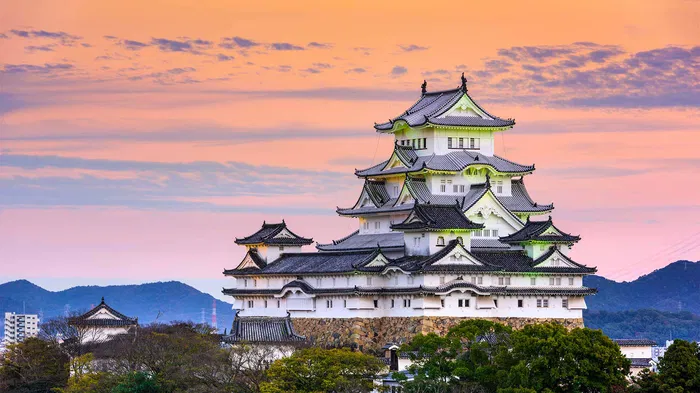 Hyogo
Hyogo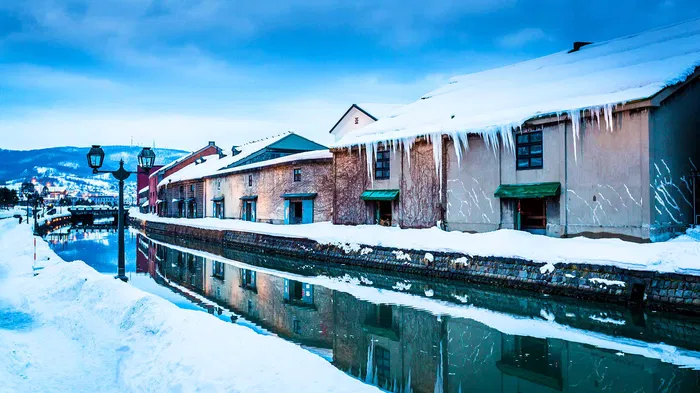 Hokkaido
Hokkaido Nara
Nara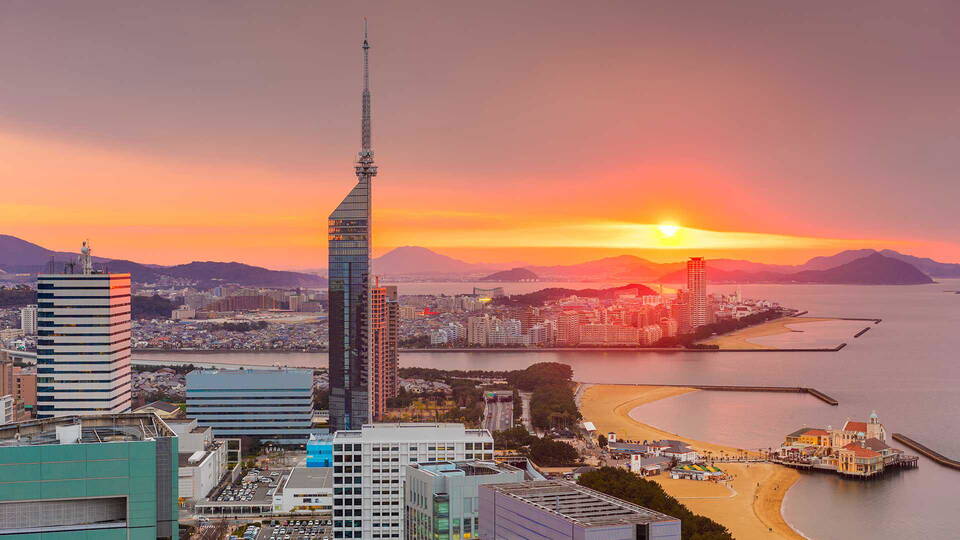 Fukuoka
Fukuoka Hiroshima
Hiroshima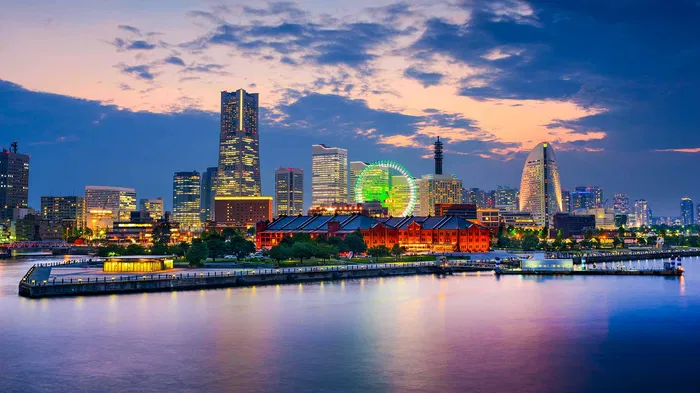 Kanagawa
Kanagawa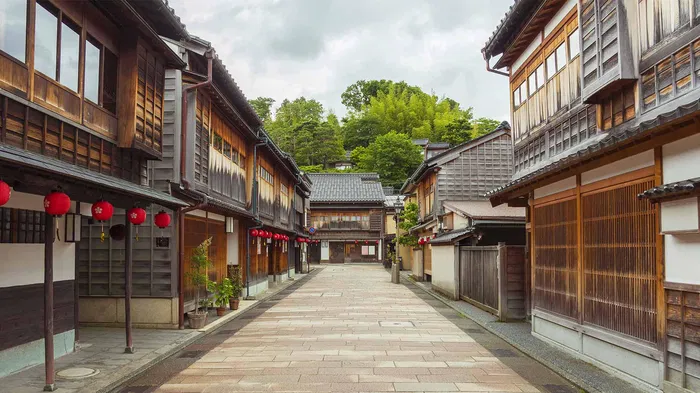 Ishikawa
Ishikawa Florence
Florence Paris
Paris Rome
Rome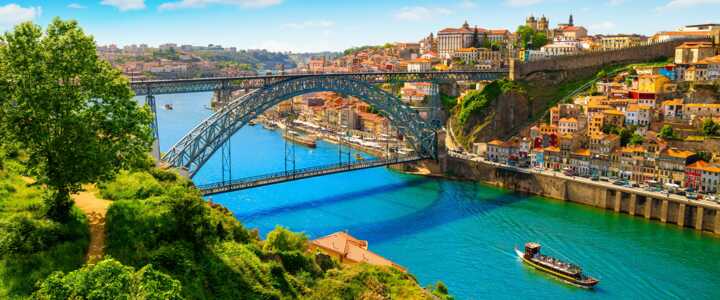 Porto
Porto Barcelona
Barcelona New York
New York Venice
Venice Madrid
Madrid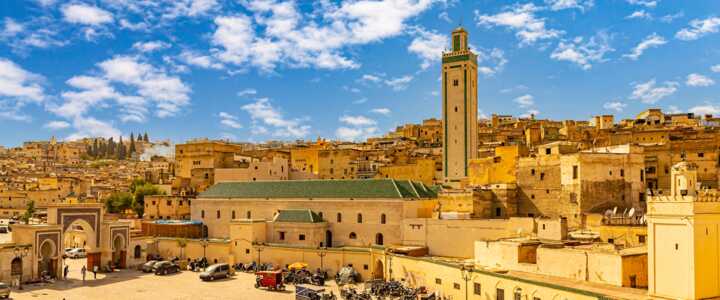 Marrakesh
Marrakesh Istanbul
Istanbul